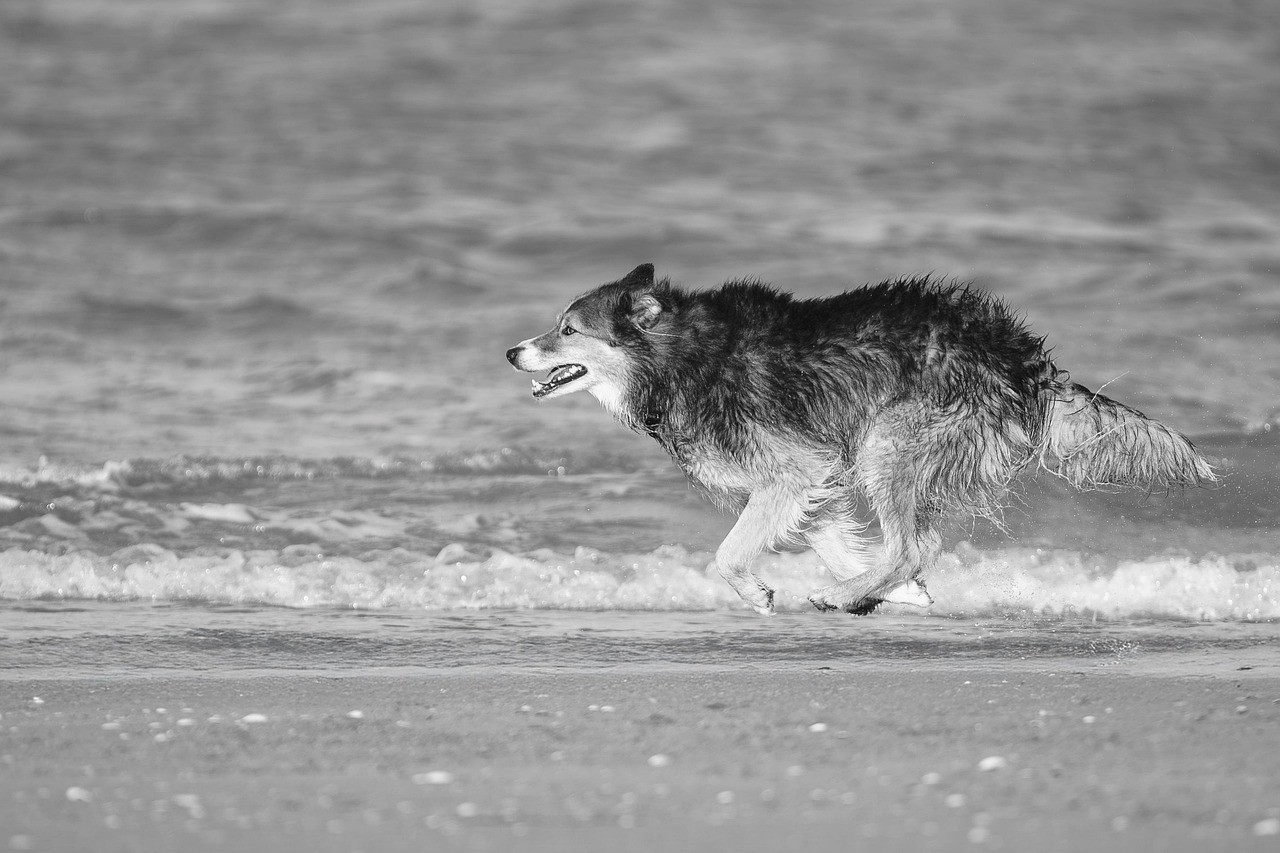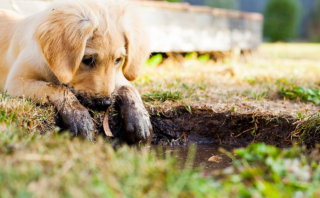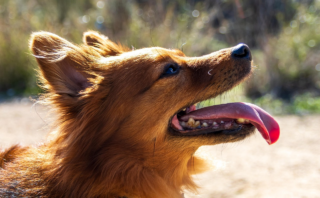Fun and Easy Dog Training Tactics for Kids to Learn
Teaching children about responsible dog ownership involves many aspects, including training a dog correctly. Developing a child’s understanding of how to communicate with their furry friends effectively and safely will not only enhance their bonds with the pets but also respects the animal’s independence and well-being.
Introduction to Dog Training for Kids
Dog training offers a wonderful platform for children to learn about responsibility, empathy, and compassion. When children are taught how to train their dogs, they understand the importance of the mutual bond and respect that should exist between a human and an animal. It’s essential to ensure that the training methods taught are positive, reward-based, and promotes a non-threatening environment for both the child and the dog.

Understanding Canine Behavior
This is an integral aspect of dog training. Dogs think and learn differently than human beings, and it’s important for children to understand that. Dogs primarily communicate through body language and vocalizations, so it’s crucial to include lessons about interpreting common dog behaviors and what they signify.
Respectful Pet Interaction
Teaching respectful pet interaction entails guiding kids on how to approach a dog gently, avoiding behaviors that could scare or irritate the dog, and recognizing signs of discomfort in the dog. This equips the child with the knowledge to prevent any unpleasant situations from arising.
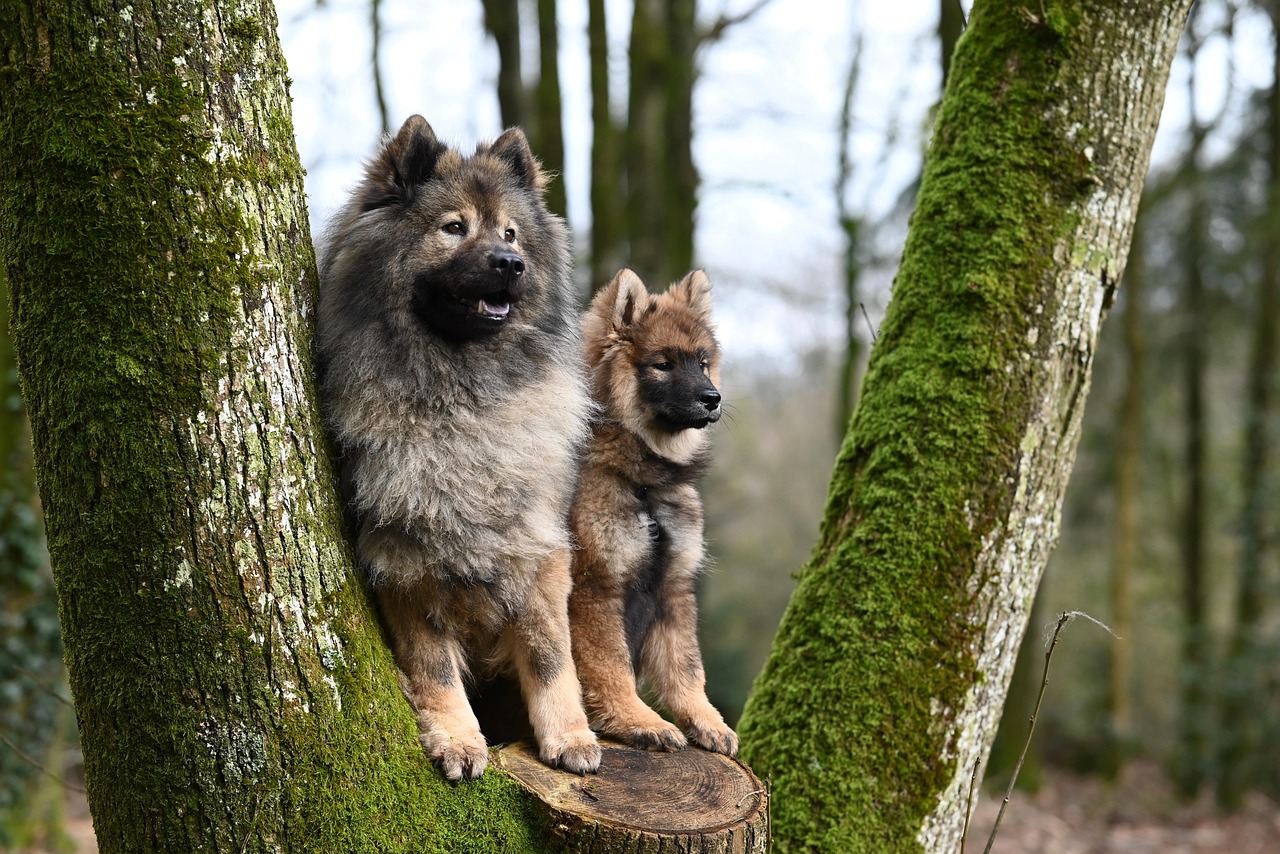
Training Techniques
There are several techniques for dog training that are effective and safe for kids to use. Among these are: reward-based training which encourages good behavior with treats or praise; leash training for managing outdoor behavior; and command training, where dogs are trained to react to command words like “sit”, “stay”, and “come”.
Rewards and Reinforcements
Positive reinforcement is a robust training technique that rewards the dog for showing the desired behavior. This method could use treats, toys, praise, or any combination of these rewards. It’s crucial for kids to understand the principles of timing in giving these rewards for maximum effectiveness.

Essential Commands
Teaching kids to train their dogs on essential commands is also extremely advantageous. Familiar commands like “Sit,” “Stay,” “Come,” and “Leave it” can all be lifesaving in certain situations and also improve the overall behavior of the pet.
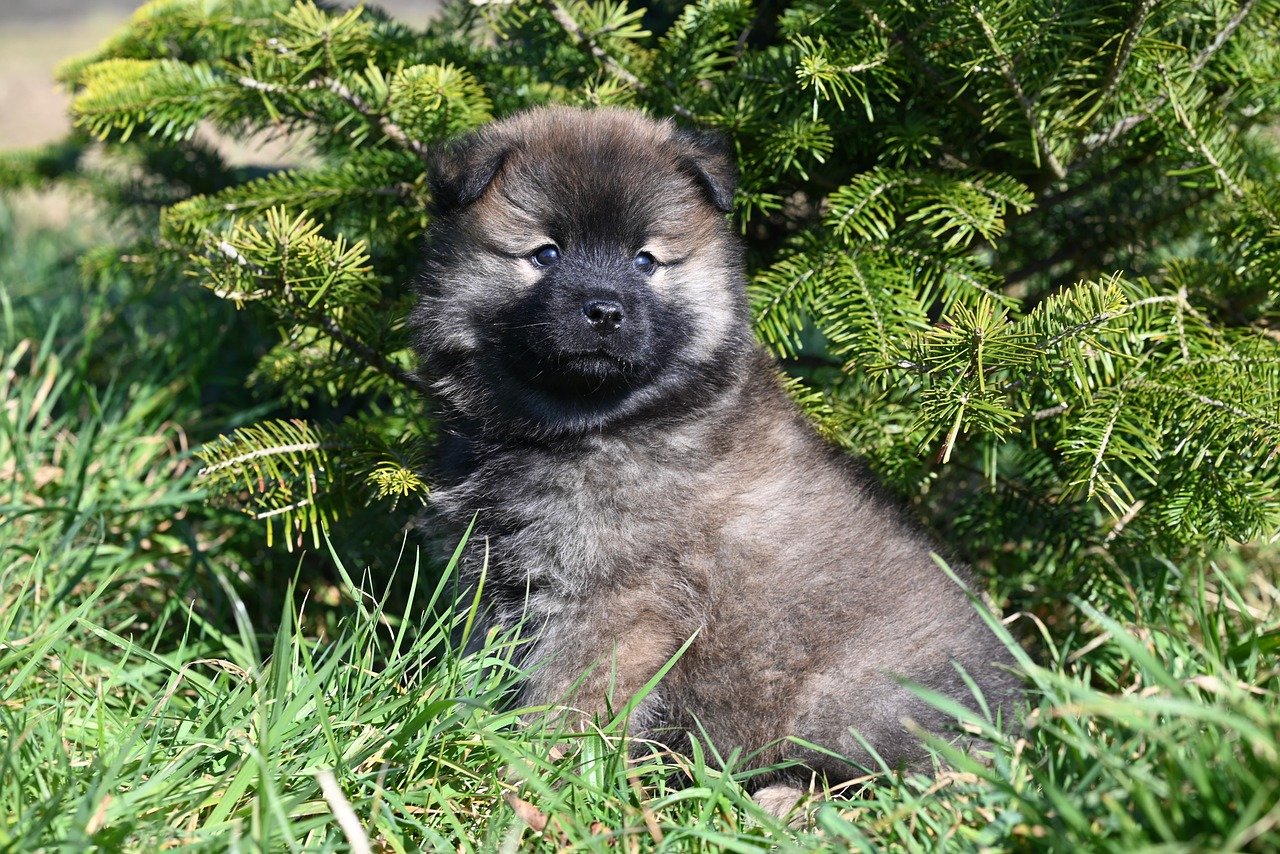
FAQ
How Old Should My Child Be Before Starting Dog Training Lessons?
Children can start helping with trainings from as young as three years, under supervision. However, they should be at least nine or ten years old to grasp and apply the more complex aspects of dog training effectively.
What Should Be the First Command for Kids to Learn to Train Their Dog?
“Sit” is generally the easiest command to teach, making it a good starting point for kids. Other fundamental commands include “stay,” “come,” and “leave it.”
How Often Should a Child Train Their Dog?
Regular, consistent training is key. Aim for short, daily training sessions, as dogs (and kids) can lose focus if sessions are too long.
Can All Breeds of Dogs Be Trained by Kids?
Yes, but some breeds may require an adult’s supervision more than others. Always ensure an adult is supervising to guarantee the safety of both the child and the dog.
How Can I Keep My Child Engaged in Dog Training?
Make sessions fun and positive. Include games and aim to end every session on a positive note, so both the child and the dog look forward to the next one.

Conclusion
Dog training by kids is an excellent pathway for promoting responsible pet ownership and imbuing in our children the attitudes of kindness, respect, and patience towards animals. The process enhances the child’s self-esteem, increases their understanding of animal behavior, and creates a stronger bond between them and their canine companions.
